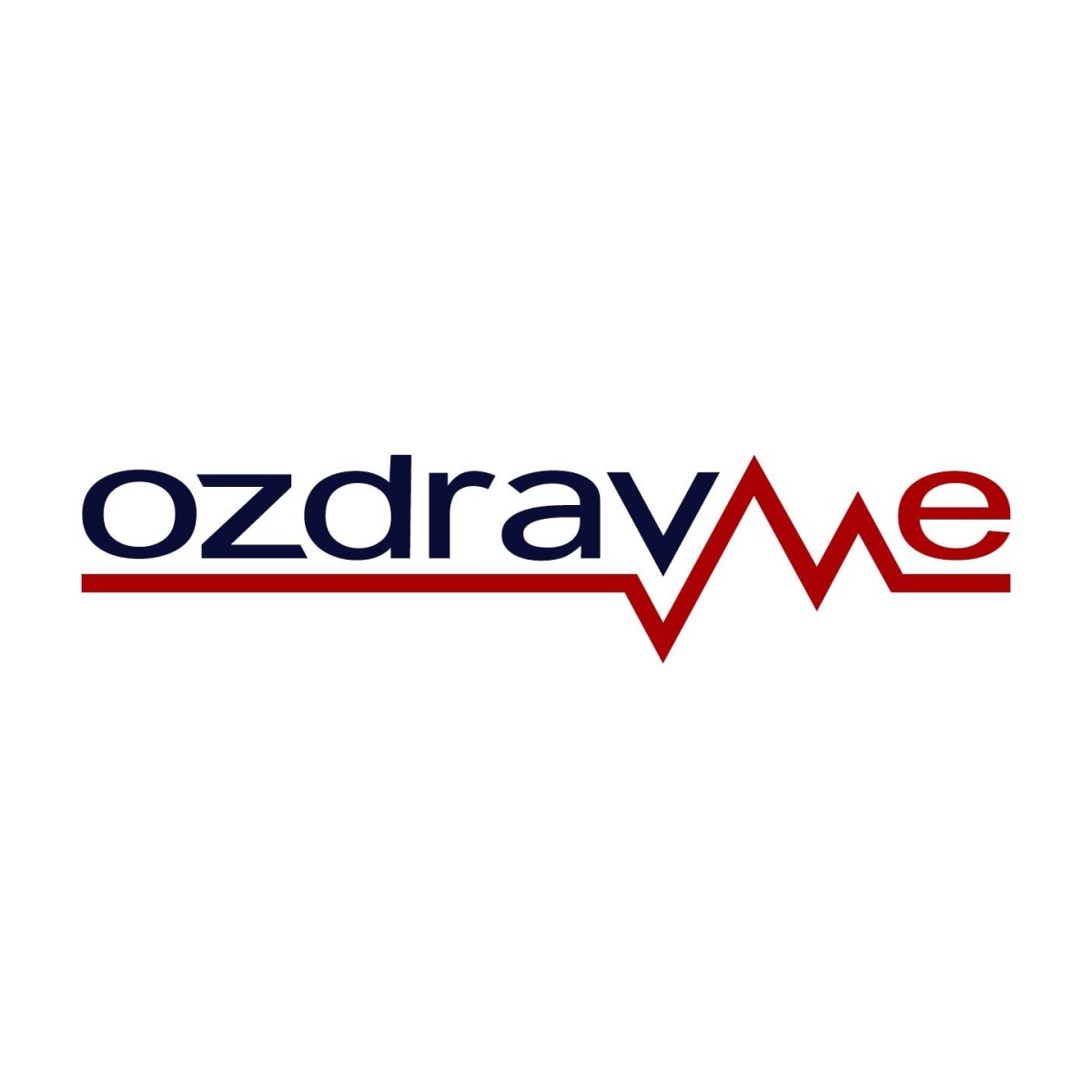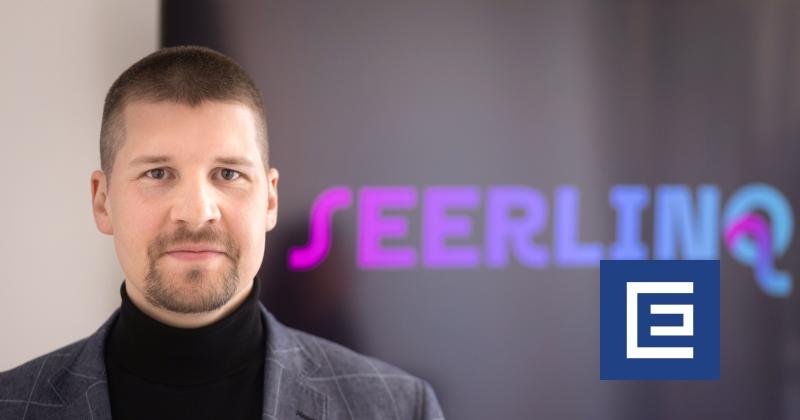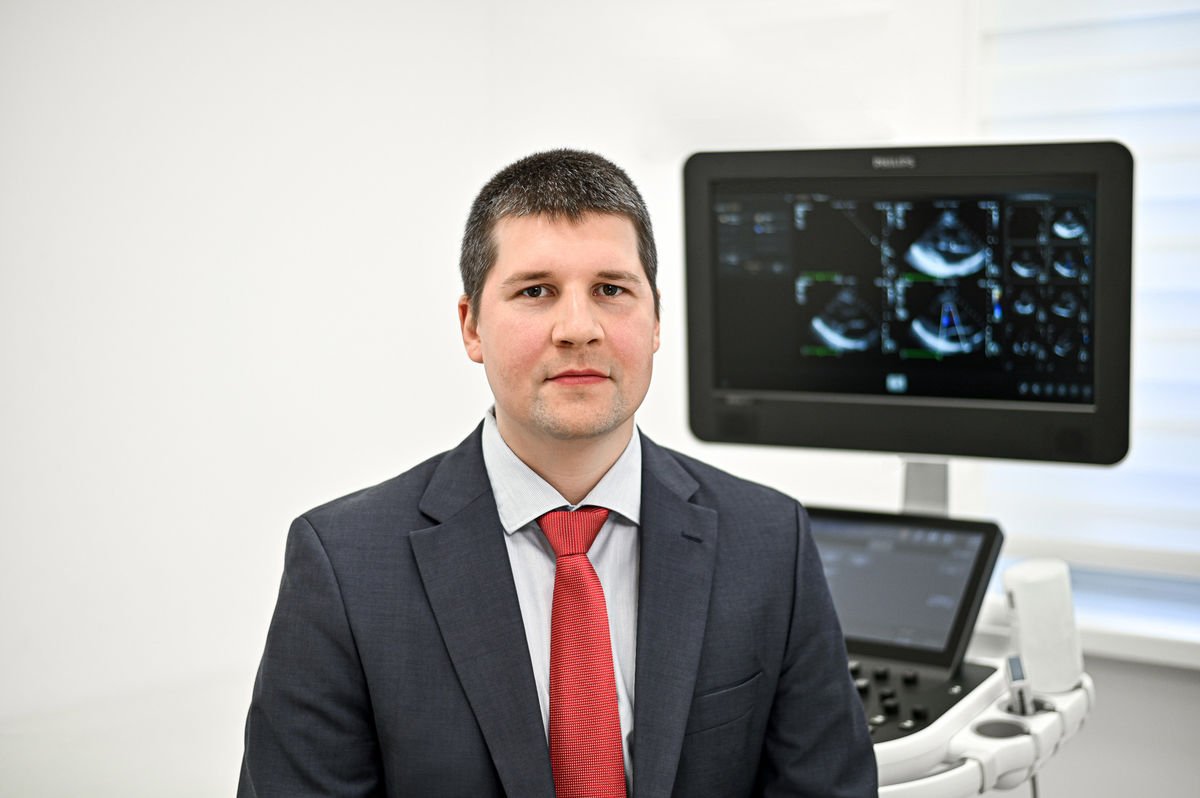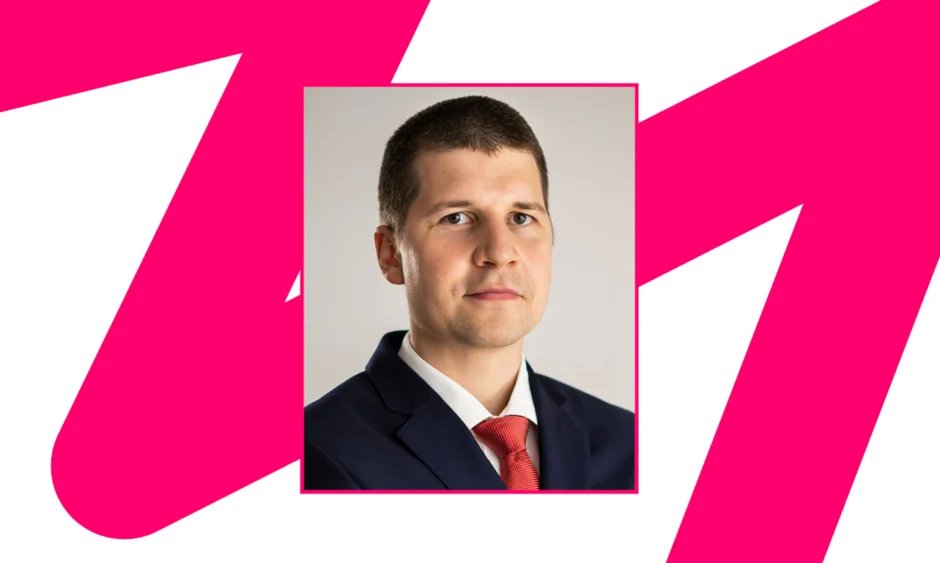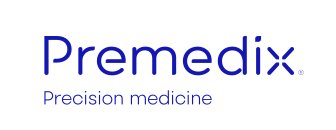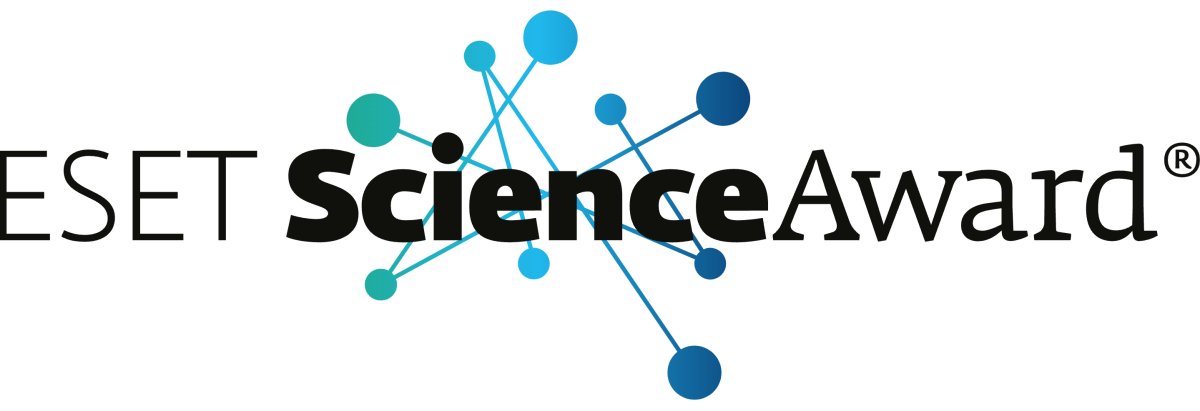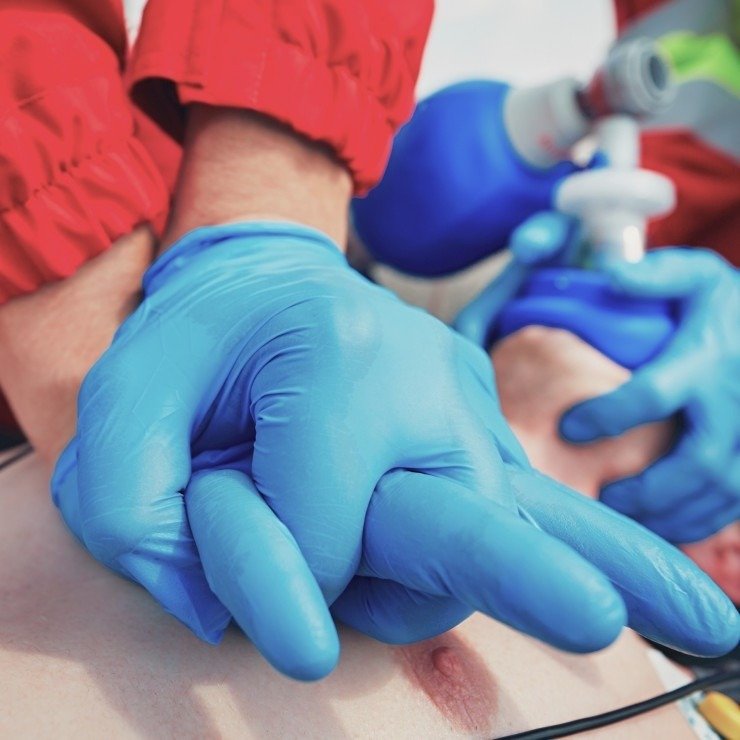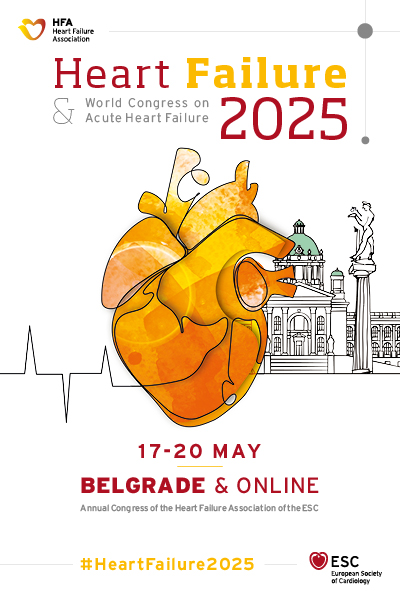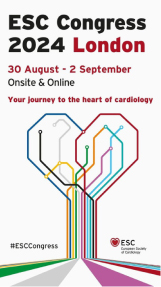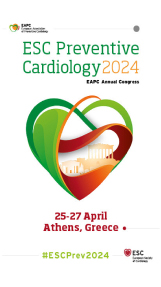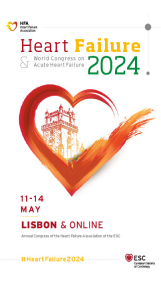Máte Vy alebo Váš blízky
srdcové zlyhávanie?
Služba Seerlinq je jedinečným a jednoduchým riešením pre pacientov so srdcovým zlyhávaním. Všetko, čo potrebujete, je smartfón, tlakomer, zariadenie Seerlinq a srdcové zlyhávanie budete mať pod kontrolou z pohodlia domova. Náš tím odborníkov sleduje Vaše merania na diaľku a vďaka tomu vieme včas odhaliť prípadné problémy ešte predtým, ako by sa stav Vášho srdcového zlyhávania zhoršil. Takto dokážeme výrazne znížiť riziko hospitalizácie a zabezpečiť Vám pokoj a istotu v každodennom živote.

Na život bez obáv Vám Seerlinq ponúka:

Dohľad nad
zdravotným stavom
S vedomím, že ste pod lekárskym dohľadom, môžete žiť svoj život s väčším pokojom a istotou. Ak spozorujeme riziko zhoršenia srdcového zlyhávania, náš kardiológ Vás kontaktuje. Týmto rýchlym zásahom znižujeme riziko komplikácií a potreby hospitalizácie.
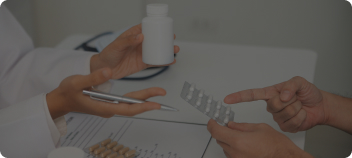
Personalizovanú
starostlivosť
Naša služba je navrhnutá tak, aby vyhovovala Vašim individuálnym potrebám a zabezpečila Vám tú najlepšiu možnú starostlivosť na mieru. Meranie je bezpečné, jednoduché a rýchle.

Individuálnu
podporu
Naši pracovníci Vám ochotne vysvetlia ako používať smartfónovú aplikáciu a proces merania. V prípade akýchkoľvek otázok, je Vám k dispozícii náš tím, aby ste sa mohli plne sústrediť na svoje zdravie.
Ako na zdravý a
pokojný život

Registrácia
Po registrácii sa s Vami spojíme za účelom krátkej telefonickej konzultácie.

Potvrdenie diagnózy
Naši lekári potvrdia, že je program pre Vás vhodný.

Zariadenie a zaškolenie
Bezplatne Vám zapožičiame zariadenie Seerlinq a telefonicky Vás prevedieme celým procesom z pohodlia Vášho domova.

Pravidelné meranie
Meranie budete vykonávať pravidelne. Stačí sa merať každý druhý deň, po dobu 2 minút v stoji a 2 minút v ľahu.

Monitoring lekármi
Namerané údaje kontrolujú naši špecialisti a tak je Váš stav srdcového zlyhávania neustále pod dohľadom. V prípade, že údaje napovedajú zhoršenie stavu, komunikujeme s Vami a Vašim lekárom.
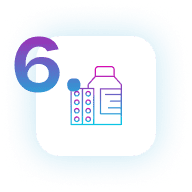
Nastavenie liečby
Na základe pravidelného monitorovania prispôsobujeme a optimalizujeme Vašu liečbu v spolupráci s Vašim kardiológom.
Ako sme dodnes
pomohli pacientom
Telemedicínska služba od jej zavedenia do praxe úspešne predchádza hospitalizáciám. Prečítajte si tri príbehy našich pacientov:

Príbeh pacientky, ktorá si zle zapamätala a následne zle dávkovala lieky
Zobraziť príbeh
Pomocou technológie Seerlinq sme zistili problém so štítnou žľazou, ktorý viedol k zhoršovaniu srdcového zlyhávania
Zobraziť príbeh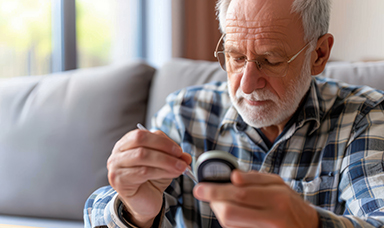
Ako sme odhalili zhoršenie srdcového zlyhávania u pacienta počas vianočných sviatkov
Zobraziť príbehSkúsenosti pacientov
“Som pacient, ktorý prekonal už dva infarkty. Aj preto už skoro rok používam prístroj s aplikáciou SEERLINQ pre každodenné hodnotenie môjho zdravotného stavu.
Merania vykonávam každé ráno. Používanie prístroja je jednoduché, meranie trvá približne 5 minút. Najprv si zmeriam tlak, zapnem aplikáciu v mobile a nasadím si na prst oxymeter. Následne postupujem podľa pokynov v aplikácii. Jednoduchšie to asi sa nedá :)
Takýmto spôsobom sa nachádzam pod každodennou kontrolou lekárov.
Keby som sa cítil rovnako každý deň, bolo by to asi zbytočne. Lenže opak je pravdou. Raz mi je lepšie, raz horšie. A pomoc lekárov na diaľku je pre mňa prijemnejšia, ako nemocničná pohotovosť. Pravdepodobne konzultáciou s lekárom a úpravou liekov pri zhoršení stavu som predišiel hospitalizácii. Za to som lekárom veľmi vďačný.
Aj naďalej hodlám používať túto skvelú metódu.”
Roman Šelemba (61)
“Po dvoch život ohrozujúcich epizódach pľúcneho edému bez pozitívneho výhľadu zasiahol Dr. Bohm a Seerilinq. Vďaka individuálnemu liečebnému plánu som opäť získal sebavedomie, vrátil sa k vysokej kvalite života a dokonca som začal opäť aktívne pracovať. Pevne verím, že ak tento systém zachránil mňa, môže zachrániť milióny ďalších.”
Ivan Kočiš (83)
“Prajem celému úžasnému tímu, ktorý poskytuje nám pacientom takúto unikátnu službu, veľa pevného zdravia, pohody a pokoja vo svete, aby ste mohli ďalej rozširovať počet spokojných pacientov.
Ja som nesmierne vďačná pánu doktorovi Böhmovi, ktorý ma zapojil do tohto programu. Priniesol mi psychickú pohodu a pocit istoty, že nado mnou niekto bdie. Prejavuje sa to aj na mojich hodnotách tlaku.
Ďakujem osudu, ktorý ma priviedol k tomuto fantastickému odborníkovi s veľkou dávkou empatie, trpezlivosti a jedinečným prístupom k riešeniu zdravotných problémov svojich pacientov. Ešte raz veľké ďakujem.”
Ľudmila Solenská (73)

Medicínsky garant
Doc. Allan Böhm, MUDr., PhD, MSc, MBA, FESC, FJCS
Vyštudoval medicínu na Karlovej Univerzite v Prahe a klinický výskum na Oxfordskej Univerzite. Pracoval na oddelení akútnej kardiológie NÚSCH a vyučuje na LF UK v Bratislave. Okrem klinickej medicíny sa venuje aj výskumu v oblasti kardiovaskulárnej prevencie, trombóz, arytmií a umelej inteligencie, za ktorý získal viaceré medzinárodné ocenenia. V roku 2015 založil biomedicínsku organizáciu Premedix Academy. V roku 2017 bol Európskou kardiologickou spoločnosťou oslovený, aby spoluzaložil Komisiu pre digitálnu medicínu, vďaka ktorej objavil prvé zárodky precíznej medicíny vo svete. Vzápätí túto formu medicíny priniesol aj na Slovensko, a tak vznikla Premedix Clinic. V roku 2020 bol Dr. Böhm zvolený do predsedníctva Európskej kardiologickej spoločnosti ako vôbec prvý Slovák a zároveň sa stal historicky najmladším členom tejto najväčšej kardiologickej spoločnosti na svete.
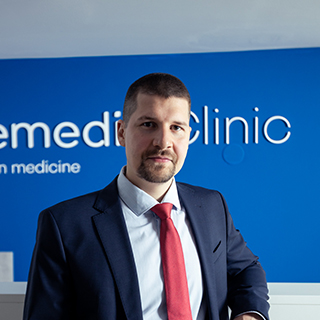
Média, ktoré o nás napísali
Prehľad noviniek a úspechov
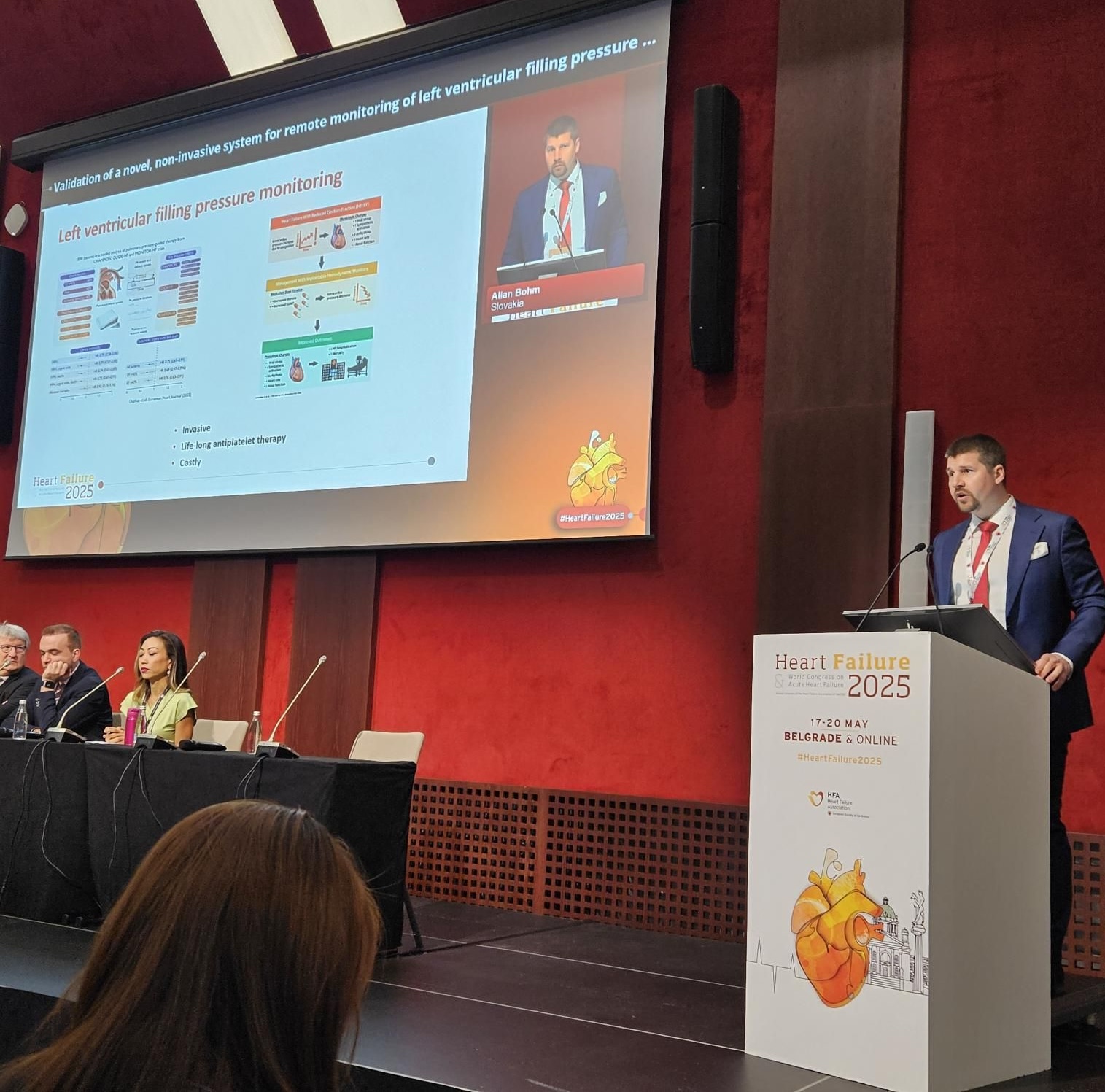
Technológia Seerlinq bola validovaná po 6 mesiacoch telemonitoringu a prezentovaná v sekcii Late-Breaking Science na ESC Heart Failure.
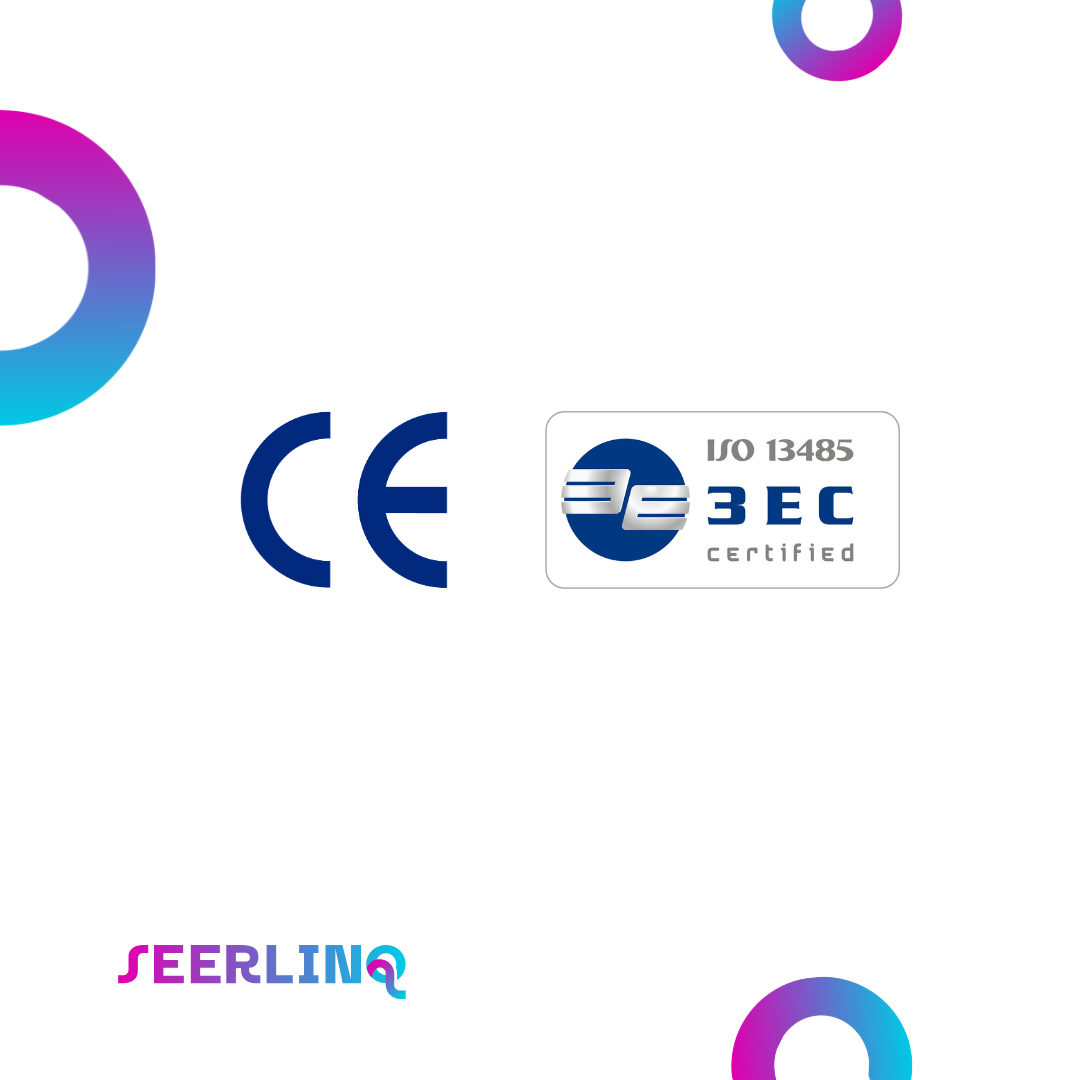
S hrdosťou oznamujeme, že Seerlinq je teraz certifikované zdravotnícke zariadenie triedy II(b) podľa nariadenia EÚ MDR 2017/745!
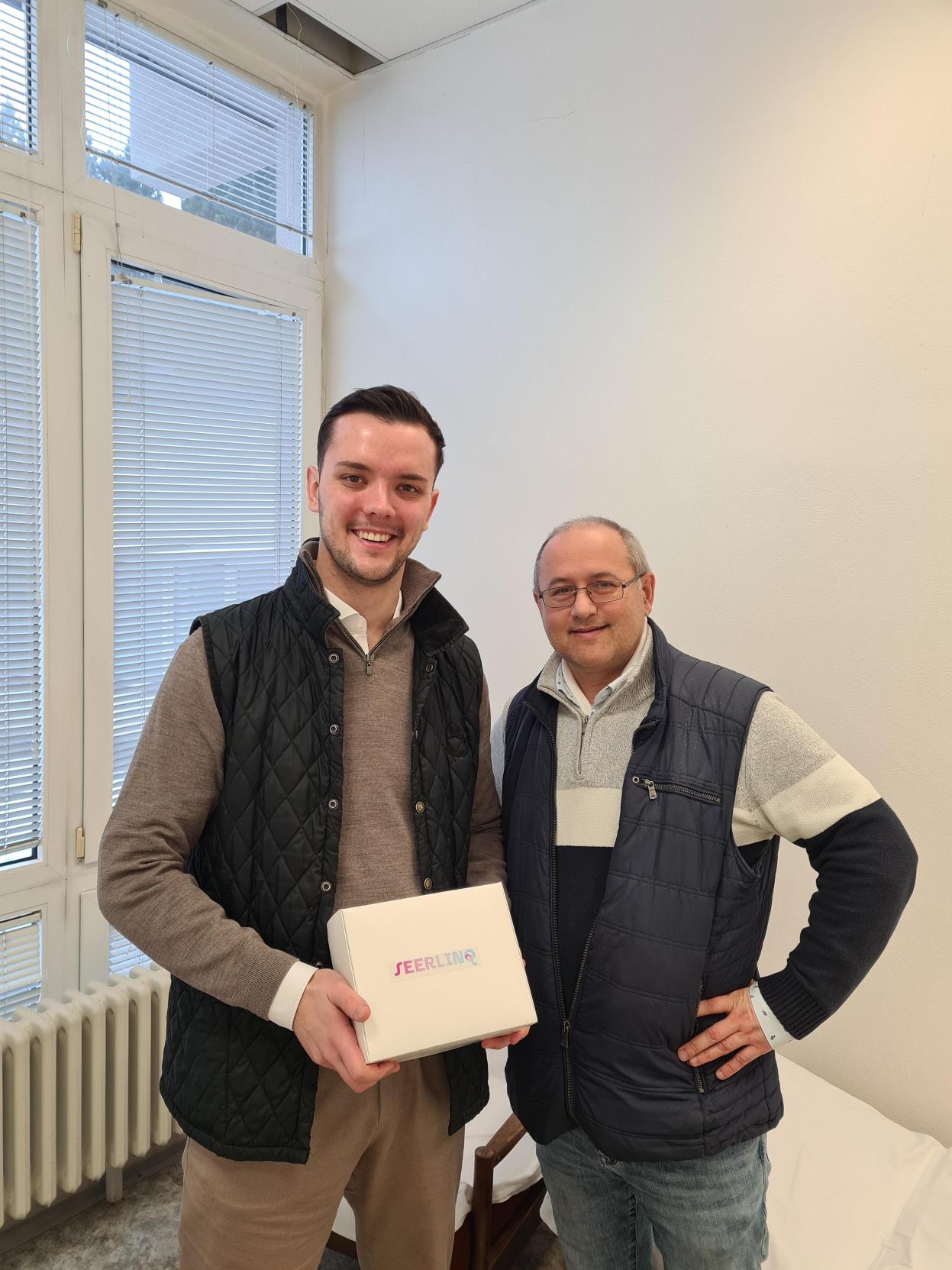
K nášmu programu pripojilo už viac než 200 pacientov a spolupracujeme s viac než 50 lekármi po celom Slovensku!
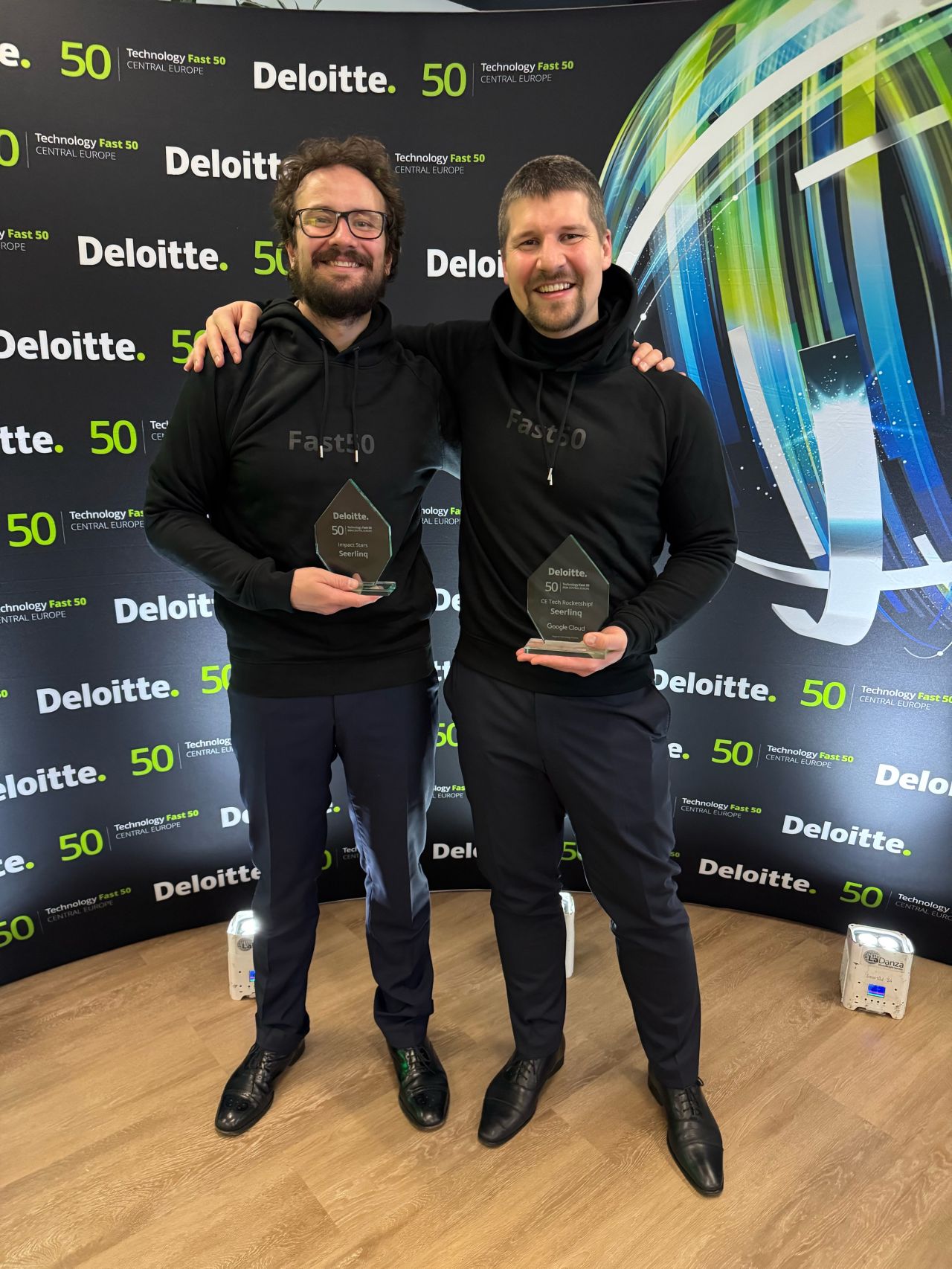
Seerlinq je hrdé, že bolo uznané v súťaži Deloitte Technology Fast 50 CE 2024, čo oslavuje našu inováciu v oblasti zdravotnej starostlivosti!
Najčastejšie otázky
Po prihlásení do programu je princíp fungovania služby jednoduchý: ako klient sa meriate každé dva dni pomocou zariadenia Seerlinq. Namerané údaje sa okamžite odošlú do databázy Seerlinq, kde ich systém Seerlinq v kombinácii s tímom odborníkov v oblasti kardiológie sledujú a analyzujú. Ak je všetko v poriadku, pokračujete v meraní podľa rozvrhu. Ak namerané údaje indikujú zhoršenie stavu Vášho srdcového zlyhávania, náš tím Vás kontaktuje a preverí situáciu. V prípade potreby Vám zabezpečíme včasné vyšetrenie u lekára ešte pred vznikom zdravotných komplikácií.
Stači sa merať každé dva dni, 2 minúty v stoji, 2 minúty v ľahu.
Službu Seerlinq ako pacient môžete nadobudnúť a využívať bezplatne. Jednorazová registrácia a kompletné zapojenie do programu vrátane mobilnej aplikácie a prenájmu zariadenia je taktiež bezplatné.
Služba Seerlinq bola vyvinutá tak, aby včas detegovala zhoršovanie stavu srdcového zlyhávania a včasnou intervenciou tak predišla hospitalizácii v dôsledku akútneho zhoršenia stavu (tzv. Dekompenzácia). Je to podporný nástroj, ktorý Vám spolu s odborným vedením lekára môže výrazne zlepšiť kvalitu života.
Áno. Stačí Vám Váš smartfón, ku ktorému obdržíte jednoduché Seerlinq zariadenie. Budete poučená/ý ako presne meranie uskutočniť a rovnako dostanete návod aj na doma. Ak by Vám v domácom prostredí niečo nefungovalo, alebo si nebudete istý, budete mať telefónne číslo na našu technickú podporu.
Meranie je úplne bezpečné a v princípe totožné s meraním saturácie krvi kyslíkom oxymetrom. Nie sú známe žiadne zdravotné ani iné riziká súvisiace s meraním signálu pomocou zariadenia Seerlinq. Telemedicínske monitorovanie je neinvazívne, bezbolestné a bezpečné. Ošetrujúcemu lekárovi umožňuje aj na diaľku monitorovať Váš zdravotný stav.
Za účelom zaradenia pacienta do programu stačí pacienta odkázať na registráciu na stránke seerlinq.sk. Ak máte záujem o pravidelné reporty z monitorovania Vášho pacienta, tiež nás kontaktujte prostredníctvom telefónneho čísla 0950 721 660 alebo mailom na telemonitoring@seerlinq.com a dohodneme sa na forme spolupráce, ktorá Vám bude vyhovovať. Do monitorovania Seerlinq vieme zaradiť všetkých Vašich vhodných pacientov. Veľmi radi s Vami preberieme dlhodobú spoluprácu.
Služba Seerlinq je vhodná najmä pre pacientov s diagnózou ,,srdcové zlyhávanie”. Benefitujú aj pacienti s inými srdcovocievnymi ochoreniami, v tomto prípade je však služba spoplatnená na základe konzultácie s lekárom.
O spoločnosti Seerlinq
Seerlinq je inovatívna spoločnosť zameraná na vývoj prelomových technológií v oblasti medicíny, s dôrazom na diagnostiku a monitorovanie srdcovo-cievnych ochorení. Spoločnosť založili kardiológ MUDr. Allan Böhm, kardiochirurg MUDr. Branislav Bezák a informatik Nikola Jajcay, PhD. . Tím tvoria odborníci z radov lekárov, vedcov a vývojárov, ktorí sa sústreďujú na precíznu medicínu. Tento prístup je prediktívny, personalizovaný a preventívny – technológie Seerlinq dokážu včas odhaliť potenciálne riziká a prispôsobiť diagnostické riešenia konkrétnym potrebám každého pacienta. Cieľom spoločnosti je zlepšiť kvalitu zdravotnej starostlivosti prostredníctvom inovatívnych nástrojov, ktoré podporujú zdravotníckych profesionálov pri kľúčových rozhodnutiach. Tieto technológie pomáhajú efektívne monitorovať a manažovať srdcové ochorenia, čím zlepšujú zdravotné výsledky a umožňujú pacientom viesť kvalitnejší a zdravší život.
Pre investorovPre lekárov
Seerlinq je neinvazívny systém pre hemodynamické monitorovanie plniacich tlakov srdca v domácom prostredí. Funguje na základe analýzy fotopletyzmografického signálu (PPG). Služba je dostupná pre všetkých pacientov so srdcovým zlyhávaním kdekoľvek na Slovensku a pre lekára nepredstavuje žiadnu prácu navyše. Odoslanie prístroja, zaškolenie, technickú podporu aj monitorovanie zabezpečuje Seerlinq tím. Služba je pre pacientov so srdcovým zlyhávaním bezplatná.
Prezrite si informačný materiál pre lekárov Informačný materiál
Telemedicínska služba od jej zavedenia do praxe úspešne predchádza hospitalizáciám. Prípady z klinickej praxe pravidelne prezentujeme na medzinárodných kongresoch. Prezrite si kazuistiku:
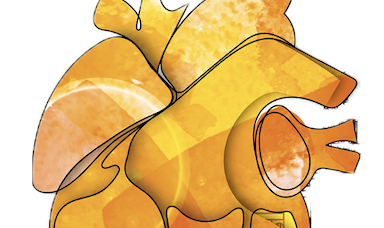
Validácia nového, neinvazívneho systému na diaľkové monitorovanie plniaceho tlaku ľavej komory u pacientov so...
Validačná štúdia bola úspešne
prezentovaná na
 Zobraziť viac
Zobraziť viac

Terapia srdcového zlyhávania "ušitá na mieru" pomocou neinvazívneho vzdialeného monitorovania plniacich tlakov...
Kazuistika bola úspešne
odprezentovaná na
 Zobraziť kazuistiku
Zobraziť kazuistiku

Využitie neinvazívneho monitorovacieho systému pre srdcové zlyhávanie, založeného na A.I.: Prekonávanie bariér...
Kazuistika bola úspešne
odprezentovaná na
 Zobraziť kazuistiku
Zobraziť kazuistiku

Nový systém pre telemonitoring srdcového zlyhávania založený na analýze PPG úspešne detekoval zvýšené plniace...
Kazuistika bola úspešne
odprezentovaná na
 Zobraziť kazuistiku
Zobraziť kazuistiku
V prípade záujmu o telemedicínsku službu Seerlinq pre vašu prax, radi s Vami preberieme možnosti spolupráce. Spojiť sa s nami môžete na telefónnom čísle +421 950 721 660 alebo prostredníctvom e-mailu na adrese telemonitoring@seerlinq.com.
Seerlinq HeartCore je certifikované zdravotnícke zariadenie triedy II(b) podľa nariadenia EÚ MDR 2017/745, spĺňajúce najvyššie štandardy v oblasti riadenia rizík, klinického hodnotenia a technického výkonu. Zároveň sme držiteľmi certifikácie ISO 13485 pre systém manažérstva kvality zdravotníckych pomôcok, ktorá slúži aj ako základ pre MDSAP.


Kontaktujte nás
Ak máte ďalšie otázky, neváhajte nám napísať alebo zavolať.





